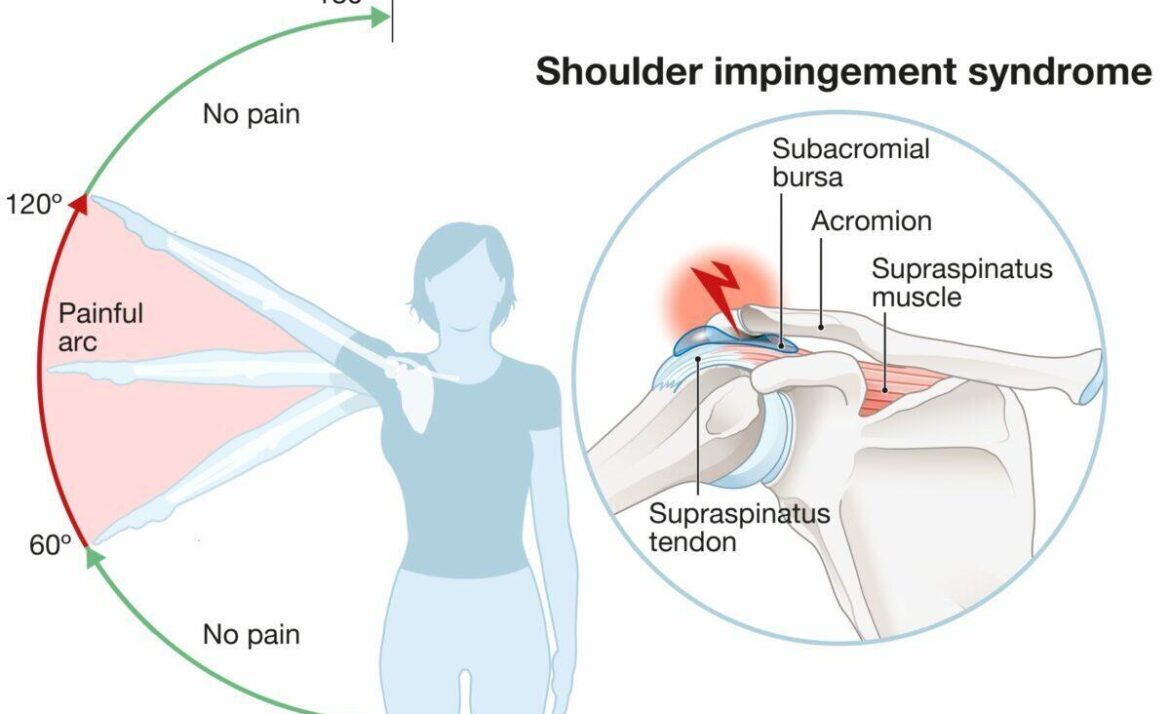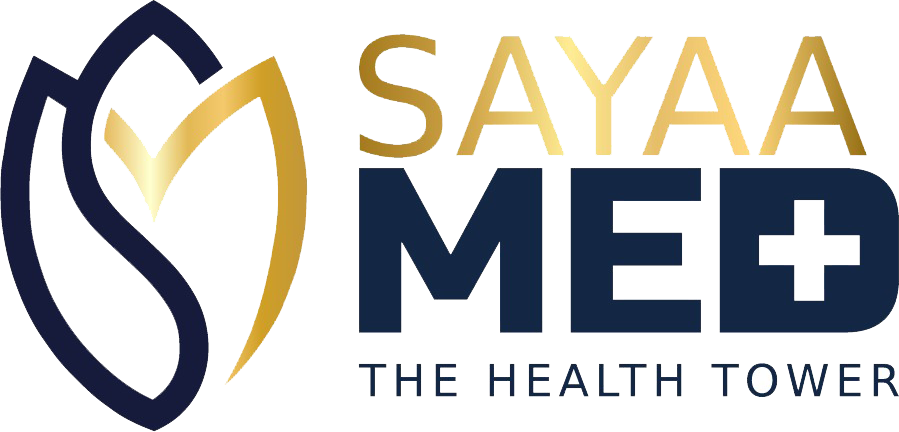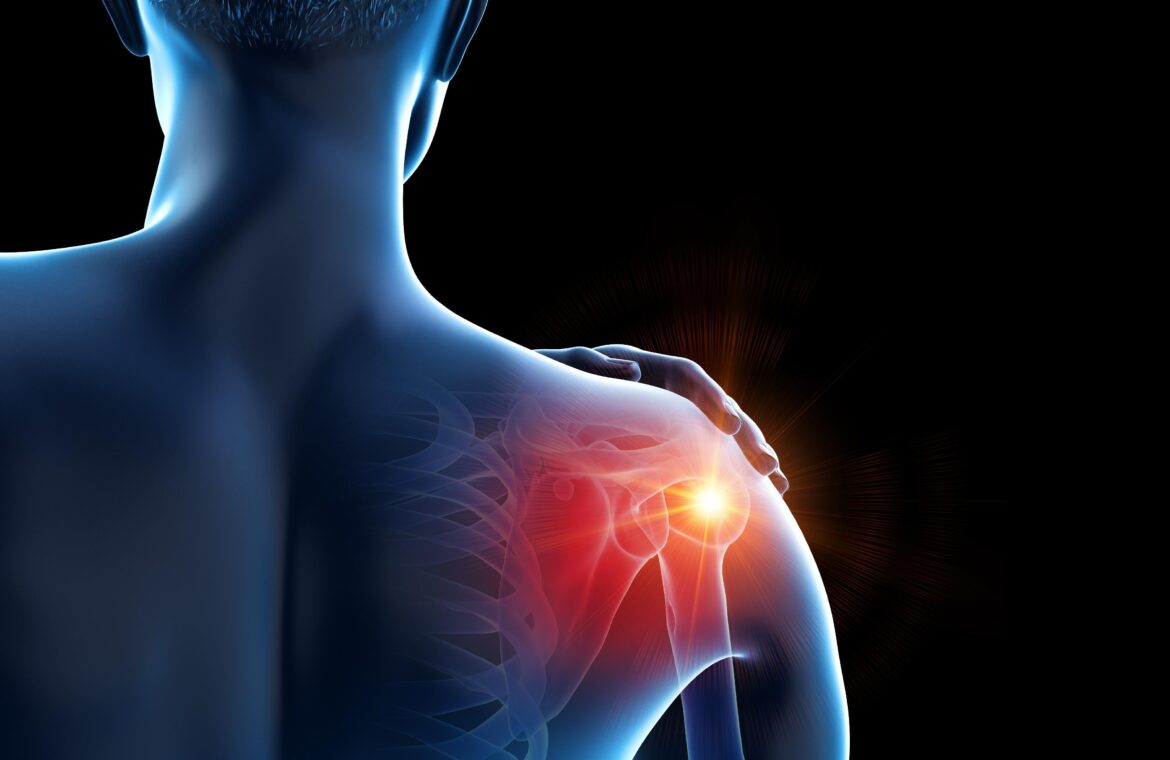“Why does my shoulder pinch when I reach overhead?”
If reaching for your laptop bag or doing an overhead press sends a sharp pinch into the front of your shoulder, you’re not alone. Shoulder impingement is one of the top three sports-clinic complaints in Gurgaon, especially among swimmers, throwers, and desk jockeys who hunch over a keyboard all day.
What actually goes wrong inside the joint?
1. Anatomy in 90 seconds
Your rotator-cuff tendons travel through a narrow tunnel (sub-acromial space). Poor posture, overuse, or bony spurs can shrink that tunnel.
2. Early-stage impingement
Tendons swell ↔ space narrows even more → vicious cycle.
Pain only on overhead movement, no night pain.
3. Advanced (Stage II–III)
Tendinosis or partial tears.
Constant ache, weakness, possible clicking.

Diagnosis Dr Sachin uses
Hawkins–Kennedy and Neer tests in clinic.
Ultrasound or MRI if a tear is suspected. (Evidence: Park J et al., Am J Sports Med, 2024)
Action plan you can start today
| Do | How | Why |
|---|---|---|
| Rest but don’t sling | Avoid painful lifts for 48 h; keep elbow & wrist moving. | Prevents stiffness. |
| Ice 15 min, 3×/day | Wrap crushed ice in a thin towel. | Calms inflammation. |
| Pendulum swings | Lean on a table, let arm dangle, make small circles × 30 sec. | Promotes blood flow without compression. |
| Posture reset | Sit tall, squeeze shoulder blades 3 sec × 10 reps/hour. | Opens sub-acromial space. |
| Red-flag symptoms | Night pain, sudden loss of strength, tingling down arm. | Book a consult—possible tear. |
Stop overhead presses & dips until cleared by your doctor.
Sportspeople most at risk
Cricket bowlers, swimmers and CrossFit athletes in Gurgaon form 40 % of our shoulder-impingement cases. Repeated overhead motion tightens the front capsule, tips the shoulder blade forward and shrinks the sub-acromial space. At Sayaa Med we start with a posture reset, then progress to scapular-stability drills and rotator-cuff endurance work. Most patients regain full overhead range in 4–6 weeks without injections.
Clinic rehab protocol snapshot
-
Week 1–2: pain-free ROM + pendulum swings
-
Week 3–4: tubing external rotations & serratus punches
-
Week 5+: kettlebell bottoms-up carries to harden stability
Follow-up ultrasound checks tendon thickness and confirms space is reopening.
Dr Sachin Kumar Yadav has 20+ years of orthopedic & sports-medicine practice and serves as team doctor for the Indian Football squad.
TL;DR (3-bullet cheat sheet)
-
Why it hurts: Your rotator-cuff tendon rubs against the bony “roof” of the shoulder (acromion) every time you lift your arm.
-
Self-help first: Rest 48 h, ice 15 min x 3/day, and start gentle pendulum exercises.
-
When to call Dr Sachin: If pain lasts >7 days, night pain wakes you, or you can’t reach the top shelf.
Ready for a shoulder assessment? Book an Appointment Today
FAQ
Q1. How long does mild shoulder impingement take to heal?
Most Stage I cases settle in 4-6 weeks with physio & activity tweak.
Q2. Can I keep gymming?
Yes—lower weights, avoid moves past shoulder level, focus on rows & external rotations.
Q3. Do I need an injection?
Only if pain blocks rehab progress after 2-3 weeks. Dr Sachin uses ultrasound-guided cortico-steroid or PRP when needed.
Q4. Will it turn into a rotator-cuff tear?
Untreated impingement raises tear risk, especially ≥40 yrs. Early rehab cuts that risk sharply.
Q5. Is surgery the only fix for chronic impingement?
No. 90 % improve with structured rehab and posture re-training; arthroscopy is reserved for bony spurs or full tears.

